Walking to every place. How does it sound?
And how about cycling there? You can reach your destination while exercising.
We’re all Chandler when it comes to exercising, right?;)
Now how about traveling to places by your own car or bike or even a private jet?
This is what we all want, comfort while getting all of our job done.
But sometimes we forget that our comfort is harming the planet we inhabit on. Not
only the planet but also us.
The comfort we get from traveling in internal combustion engine vehicles will soon be
gone when our planet starts burning out from global warming and when we fall ill from
respiratory diseases.
After so much evolution, we obviously can’t go back to bullock carts and cycles. So
now, what’s the way out of this trap?
The way out is……
Going ELECTRIC!
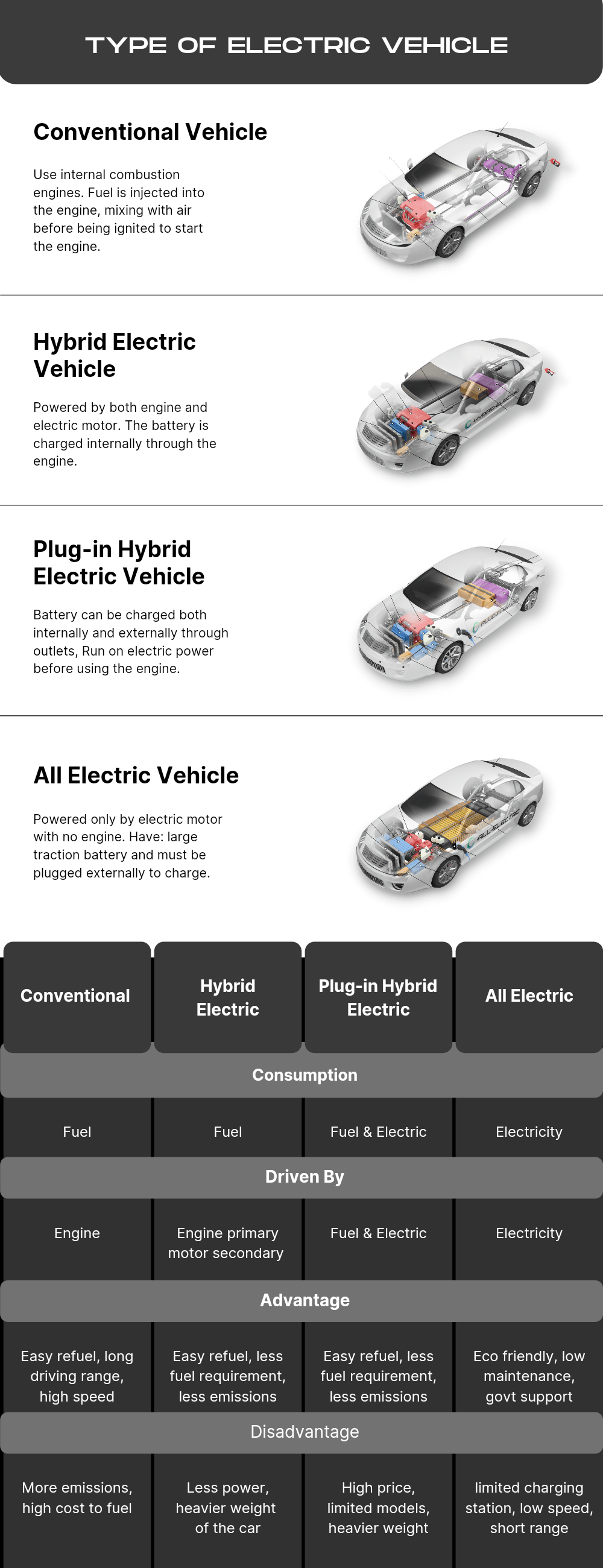
A more environment-friendly, sustainable, and competitive alternative to internal
combustion engine vehicles.
But the first thing that comes to our mind when talking about any electric vehicles is its
slow speed, mileage, and looks. And this is where we let go of the idea of owning one.
The future of Electric vehicles looks great but with a lot of challenges and innovations.
If we were still living in 2010, then I would not disagree with you. But now EVs are
evolving too, making them better, attractive, and efficient.
Yes, yes, price factor too. But with new innovations in the technology field, EVs may
come at lower costs very soon.
Automakers around the world are trying hard to make EVs as compatible as internal
combustion engine vehicles but are they succeeding?
Slowly, YES!
There exist plenty of challenges before we get to an all-electric future. And this is why
the revolution is taking a long time. What are the challenges? And how far are we from
turning all electric!
Let’s tour through all the challenges and progress in the electric vehicles industry and
analyze how far we are from turning all electric!
Before we start, keep in mind one thing, internal combustion engine vehicles are dead;
electric is our immortal future!

What is driving the electric revolution?
The EV revolution has been around for a long time now. But what is it exactly about?
What’s driving the revolution? Are you curious to know it too?
Let’s have a look at what’s behind this massive electric vehicles revolution we’ve all been
experiencing for a long time.
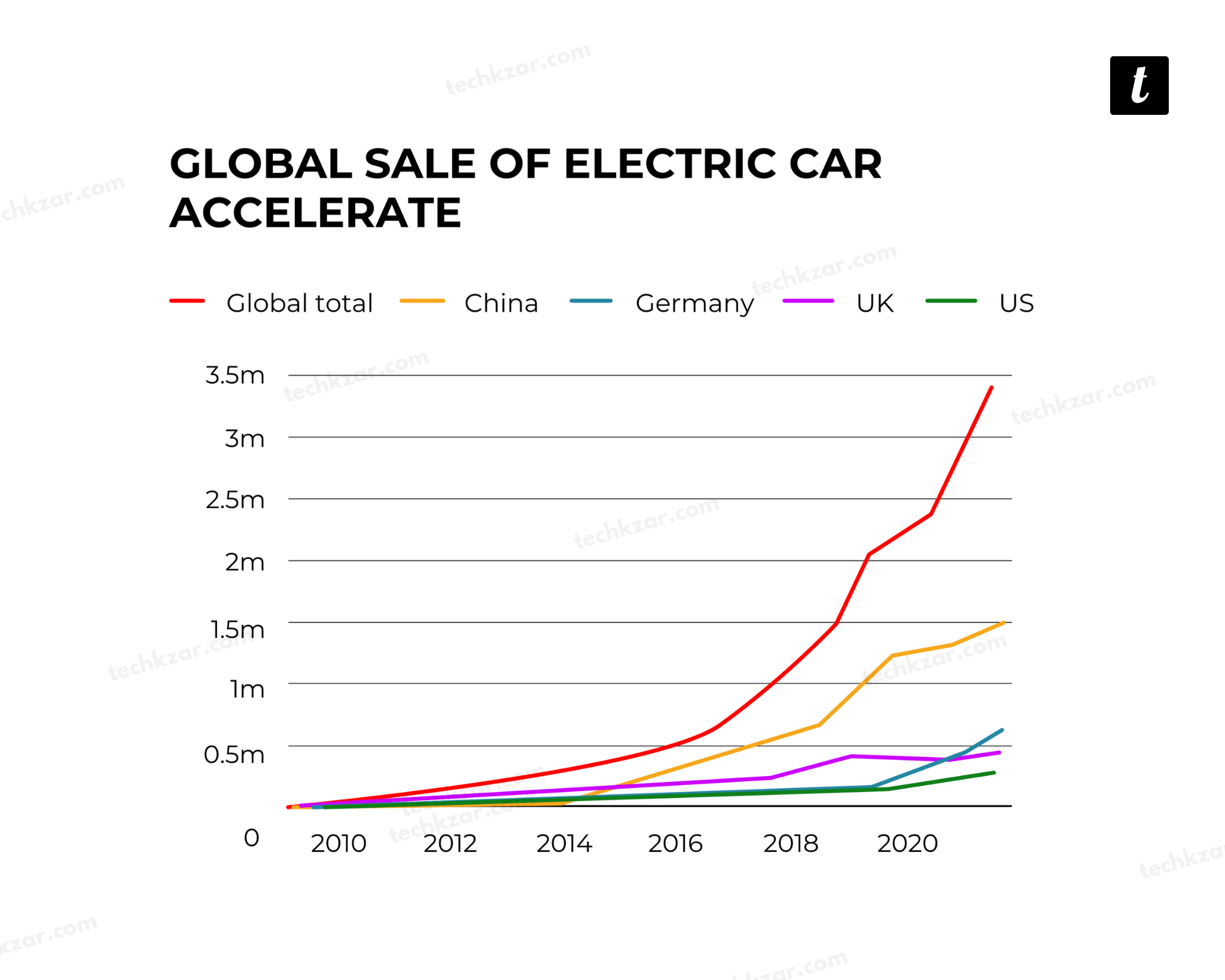
Unlike the other massive shifts in consumer preferences, for instance, the rise of
eCommerce, the growth of smartphones, or even the first-ever automotive revolution,
which were all driven by technological innovation, here, technology is just a solitary
part of the three-pronged phenomenon that is behind the EV revolution. The other two
vital aspects are the briskly growing environmental awareness and the rapidly moving
political policy changes.
Let’s have a look at the two crucial aspects concerning the revolution.
Growing Environmental Awareness
It gets a bit statistical from here 🙂
The automotive industry alone is estimated to contribute somewhere between 15% to
25% of polluting emissions like NO (Nitrogen Oxide), particulate matter, and Co2
(Carbon Dioxide).
These pollutants, collectively, have been accumulating in the highest levels of the
Eath’s atmosphere for the last 650,000 years. They also stay concentrated there and
are linked to a major cause of climate change.
According to a few reports, the Earth’s temperature will rise far more than 2 degrees
Celsius by the end of this century. If we don’t want this to happen, then we’ll have to
make some significant changes to global manufacturing, energy supply, and consumer
practices. Simultaneously, these pollutants are also a cause for smog and local
pollution, creating health problems for almost all living organisms and choking major
cities.
Just as the public began an outcry on a larger scale in response to this, auto
manufacturers began marketing alternative-powered vehicles that produced much
lower emissions by augmenting internal combustion engines of vehicles with electric
motors. Toyota was the first automation company to really capture this market with its
hybrid Prius that launched in Japan in 1997.
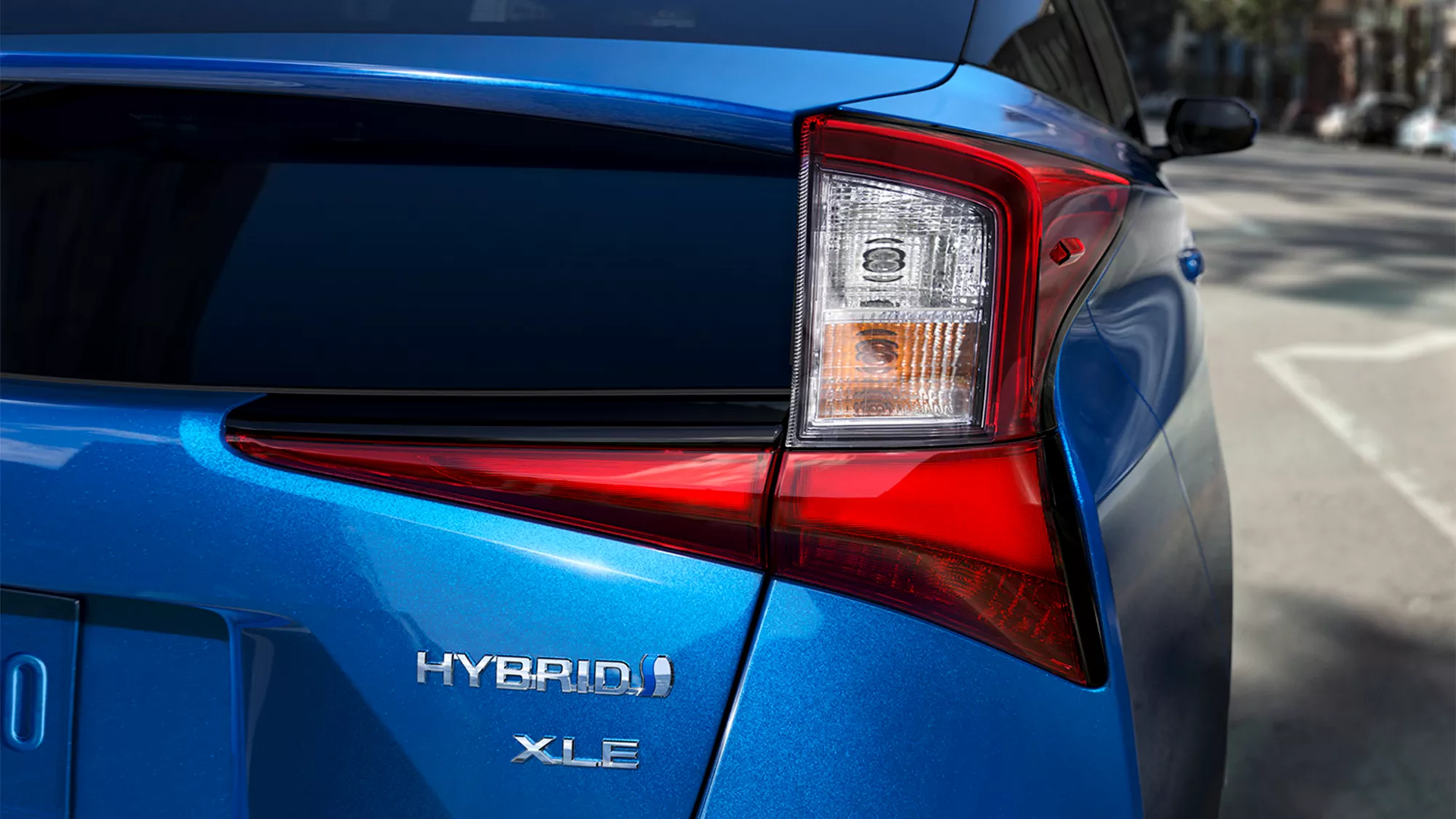
In 2003, when a Toyota dealer in California deft-marketed Prius to A-list celebrities,
the car went from novelty to status symbol. Prius had become something more than
just a car, and hybrid had become something more than just a technology. It became
statements about the environmental consciousness of the people who drove them.
This is how the EV revolution took place, from engines to hybrid to fully electric
cars—everything for the sake of the environment and development.
Recently, the UK hosted the 26th UN Climate Change Conference of the Parties
(COP26) in Glasgow from 31st October to 13th November 2021. The COP26 summit
brought together parties in order to accelerate action towards the goals of the Pais
Agreement and the UN Framework Convention on Climate Change.

Among many other decisions that were made, the summit has decided to cut down
fossil fuel car sales by 2035 massively. It was also decided that there will be put an end
to many fossil fuel trade that happens overseas.
All of this, considering climate change.
Government Initiatives
This is going to be impactful!
In the start, as the momentum slowly continued to grow in favor of greater
environmental consciousness, governments around the world started to get the
the message that no power can change the consumer automotive buying habits all by itself.
For instance, the Prius, during its time, was swiftly gaining popularity, but in spite of it,
its annual sales figures were just a fraction of sales of traditionally powered light trucks
and SUVs.
2012, according to stats, was the best sales year ever for the Prius when Toyota sold
over 247,500 units in the U.S. Meanwhile, concurrently, Ford sold over 650,000 F-150
full-size pickup trucks in the U.S.
This shows that the electric vehicle sector is growing, but it still has a lot to do to catch
the pace of automotive.
The U.S., in the same year, 2012, passed the new Corporate Average Fuel Economy
(CAFE) standards. These standards were put in place by the Environmental Protection
Agency (EPA) under the Presidentship of Barack Obama. The standards restricted the
auto manufacturers to maintain an average fuel economy of 54.5 miles per gallon (mpg)
across their fleets by the 2025 model year. As a point of reference, all cars sold in 2012
in the U.S. had an average fuel economy of 23.2 mpg (10L/100km).
The U.S was not alone to implement pacts and agreements. The EU (European Union),
too, implemented an agreement along with auto manufacturers urging them to reduce
Co2 (Carbon Dioxide) emissions as early as 1998 has been increasing its fuel efficiency
targets ever since.
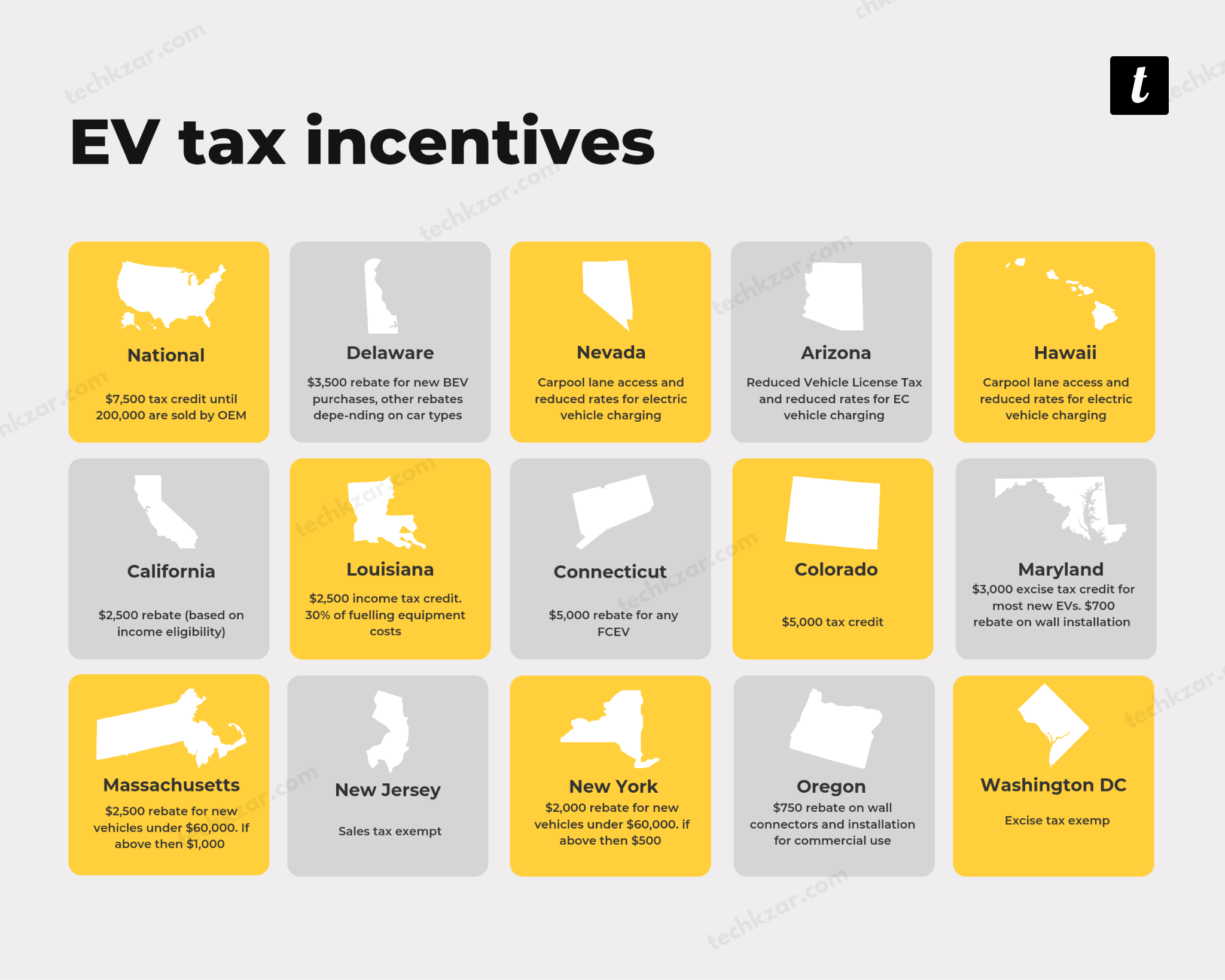
Lately, numerous countries have signaled for even more rigorous emissions standards
by proposing deadlines for the outright outlaw of sales of vehicles having an internal
combustion engine.
Out of all the countries, Norway has outlined the most aggressive targets by aiming to
ban the sales of traditionally powered vehicles by the year 2025. Other countries like
India, the Netherlands, and Israel have put forward a 2030 target, while China, the
world’s largest car market, is also actively considering and studying a ban.
India, too, has been taking initiatives to promote EVs in the country. For instance, the
Alternate Fuel for Surface Transportation Program (2010 – 2012) was the first-ever
the scheme in India for electric vehicles. This scheme was then followed by the FAME-I and
FAME-II, the National Electric Mobility Mission Plan 2020, and more. The country will
also be giving incentives to electric vehicle buyers. Ola has also launched Electric Scooters which can be go-to affordable and fashionable.
Internal Combustion Engine (ICE) Sales Ban Proposals.
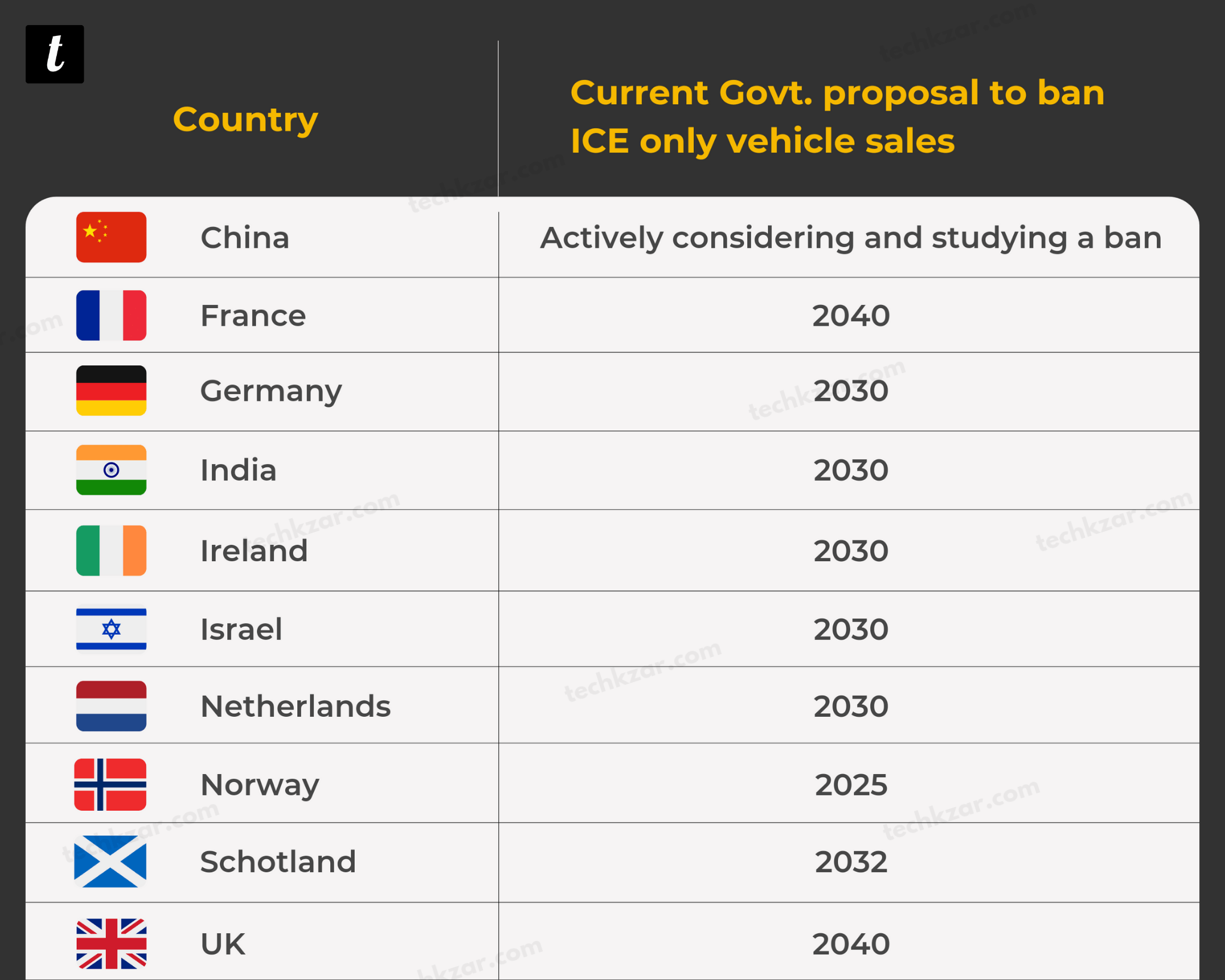
Countries around the world have not only been imposing restrictions on internal
combustion engines but have also been giving out national and international incentives
to encourage vast widespread consumer adoption of EVs.
How will the Lithium Battery evolution help strengthen the
electric future?
The electric vehicles market is definitely no different from the other tech markets.
The price of the lithium-ion battery pack is dropping steadily by 15% every year while
the energy density keeps on increasing. As a result, customers get a longer range for
the same price. When the range will further increase, consumers will merely accept
electric vehicles, and thus the adoption will move along a classic technology adoption
curve, from early adopters to laggards.

With such development, EVs, in the near future, will reach the price/quality ratio that
will make them competitive fossil-fuel alternatives. After this, the market will
expeditiously tip into a new direction.
When can we see 100% EV adoption?
The groundswell of convergent trends has evoked the global auto industry to get
serious about EVs.
Mayhap the most lucid evidence of “how serious” came in July 2017 when Volvo
stunned the entire automotive industry by announcing that from the year 2019, every
new car that the company launches will have an electric motor. This was hailed as the
biggest commitment by a major car company back then.
But Volvo isn’t the only one here. Plenty of major car companies have made significant
announcements and have been launching hybrids and EVs leading the electric vehicles
industry towards an extremely bright future.
The big, considerable announcements, along with a steady pace of EV policy
announcements from governments across the globe have driven the traditionally
conservative International energy Agency to project that the global stock of EVs will
range somewhere between 40 million to 70 million by 2025.
With the world’s largest manufacturers putting in such vital agendas relating to EVs in
place, one can firmly say that it is possible to see a complete shift from internal
combustion engine vehicles to electric vehicles in the near future.
The Electric Revolution – The S-curve
The S-curve is an elongated S that apprises us of the idea that innovations start slowly
and out of the interests of the very nerdiest nerds.
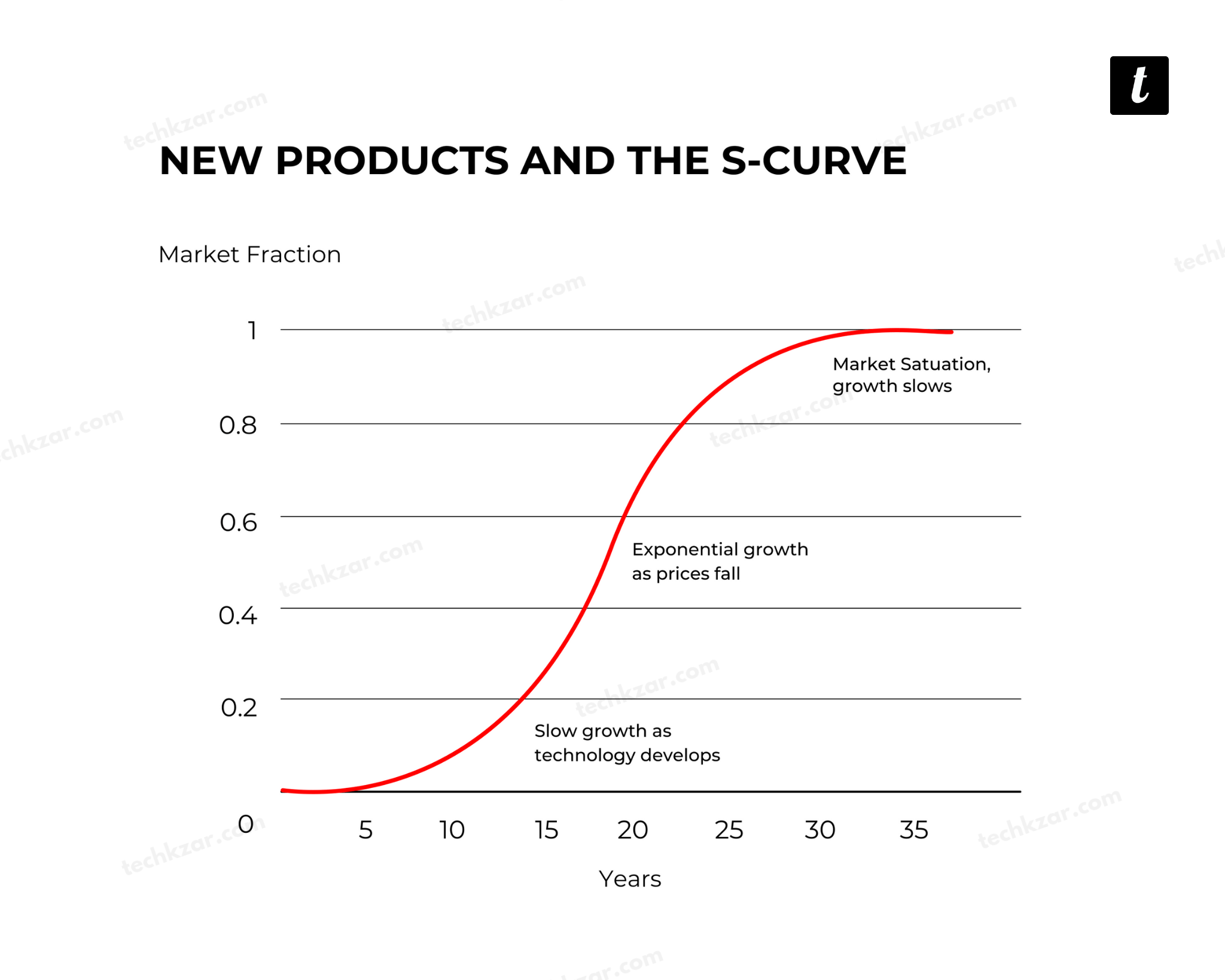
The S-Curve states that every new innovation has a slow start as it’s still developing,
then it sees exponential growth, and then due to market saturation, there is seen a
the slowdown in the growth.
We’ve all witnessed this when smartphones, photography, and even internal
combustion engines followed the same trajectory.
And now electric vehicles are undergoing the same.
Though the first crude electric vehicles were invented in the 1830s, EVs are still on the
shallow sloping bottom of the S-curve. This is because only now has the technology
been available at the kind of prices that make EVs competitive.
In the near future, EVs too will slowly climb up the curve, making the world free of
internal combustion engine vehicles.
Sales and Price Parity
The ramp in electric vehicle adoption will initially be led by reaching price parity with
the internal combustion engine vehicles. This will commence when large vehicles hit
this point in Europe which is expected to happen in 2022, and conclude with small cars
making the achievement in India and Japan in around 2030.
While this parity takes a global perspective, it will be hard-driven by the Chinese and
European markets are expected to represent about 72% of all passenger EV sales
in 2030. By the year 2030, Europe and China are expected to accomplish the feat of
50% of all cars on the road are EVs.
This will be due to other major electric vehicles adoption, policy support, European
vehicle CO2 regulations and China’s EV credit system, fuel economy regulations, and
city policies restricting new internal combustion vehicle sales.
Conclusion
The changes that are unfolding in the automobile industry will somehow also impact
every other industry on the planet. Energy production, global trade and transport,
metals and mining, environmental policies, technology, incentives, and tax credits will
all undergo a massive transformation.
The CHANGE that’s happening is not the CHALLENGE for the businesses operating in
this environment, but it is the UNPREDICTABLE, and often the UNEVEN PACE at which
it’s happening.

Along with grants, there also come lots of challenges for the EV industry. And it’s not
going to be easy to pass through them all at once with ease.
The entire world needs a bit of time to resolve all issues around and get adapted to
electric vehicles.
After this, we can all navigate through these complex challenges together and
overcome them for a better future for ourselves and for our planet.

